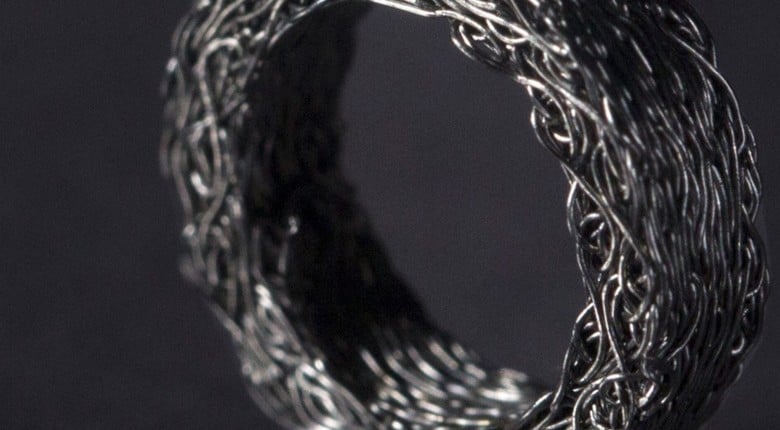Bump stops are often overlooked at the lower levels of motorsport, but even without a high downforce setup, knowing how and why they’re important can make a big difference to your vehicle’s handling and lap times.
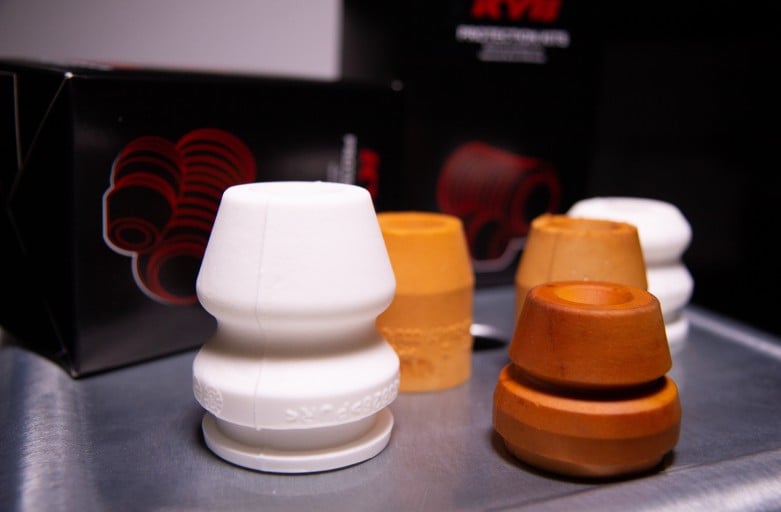
The normal function of a bump stop in an OEM or road car application is really just to limit the suspension travel safely to stop components hitting each other when you've got large bumps in the road, and the rate of the bump stop in an OEM application is generally quite a lot higher than the spring. That's because you're really just trying to resist that last bit of force to stop the suspension components causing any damage when you're at or very close to maximum travel.
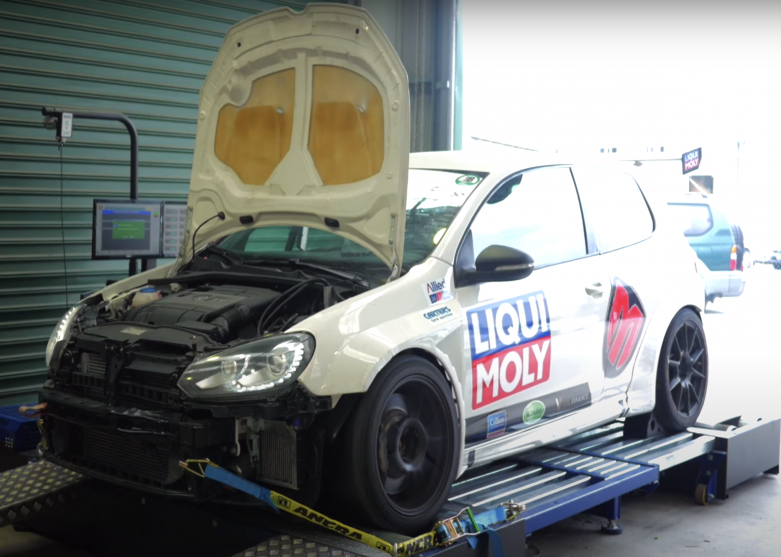
A race car, on the other hand, is different. Preventing contact between components is still a major factor – especially when running a particularly low ride height and large tyres – but there’s a lot more going on too when it comes to chassis balance. If you're engaging the bump stops regularly on track, they’re adding to the suspension stiffness by essentially becoming another spring operating in parallel with the main spring, adding to the total effective spring rate of that corner of the car.
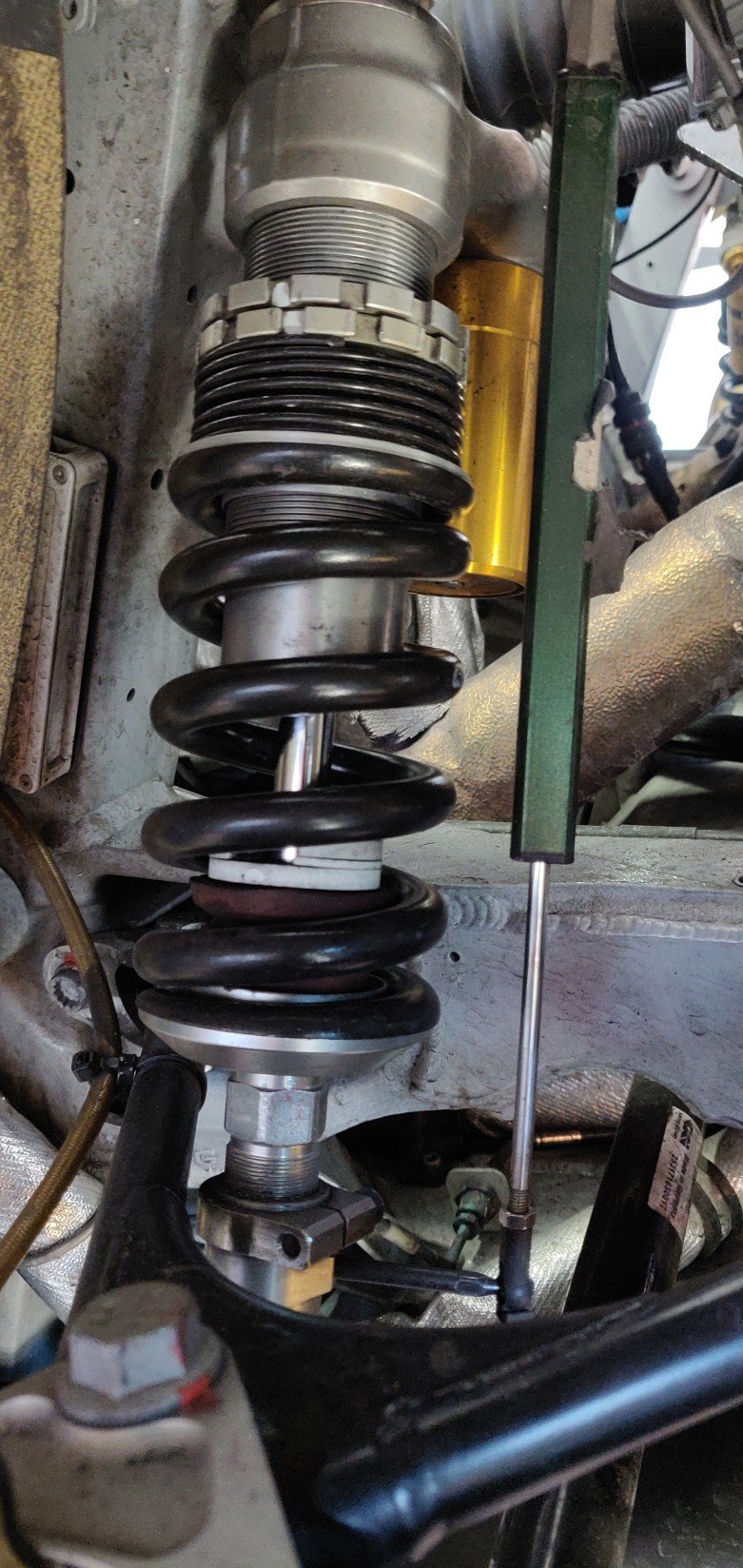
When we talk about using bump stops to tune the mechanical behaviour of the car, this is usually to reduce the amount of suspension travel under a certain condition. For example, we might want to limit rear suspension travel under acceleration of a rear-wheel-drive car in order to prevent the rear wheels from gaining too much rear camber, which would otherwise reduce our available drive force from the tyres.
By using a bump stop that engages at a precise point, we can also progressively increase the spring rate as the rear suspension compresses, and that allows us to run a softer main spring than we would otherwise be able to. The same would be true of limiting the amount that the front of the car drops during braking.
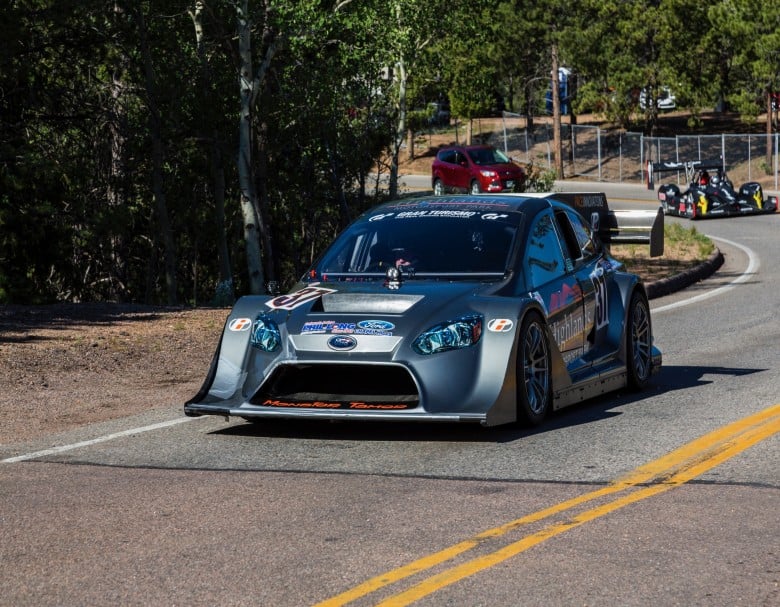
Probably the most common reason for tuning bump stops, though, is to control the ride height of a car that has a lot of downforce. Because the aerodynamic forces acting on the car increase with the square of road speed, at high speeds the ride height will quickly reduce.

Bump stops are most commonly made from a polymer-based material and are available in all sorts of different materials, lengths, and geometries. All of these properties can be modified in order to achieve different stiffnesses of a bump stop — it’s not uncommon for people to modify these by changing the heights, cutting out sections, and stacking them in different combinations to get the stiffness response they’re looking for.
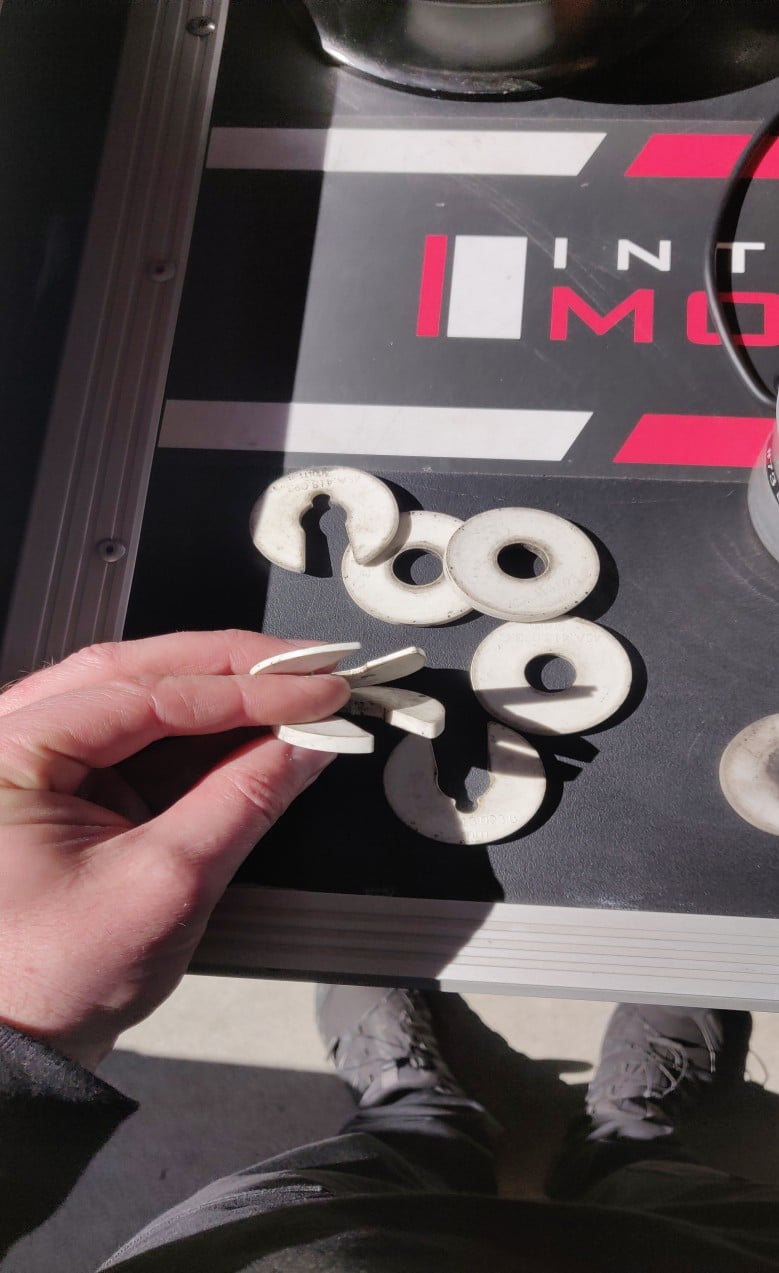
Once you have a chosen bump stop and installed it onto a damper, the fine tuning is usually done with packers. This tuning is done to control the point in the damper stroke where the bump stops engage to tune both ride height and balance. You’ll find packers being used to tune the engagement on both corner dampers and third elements.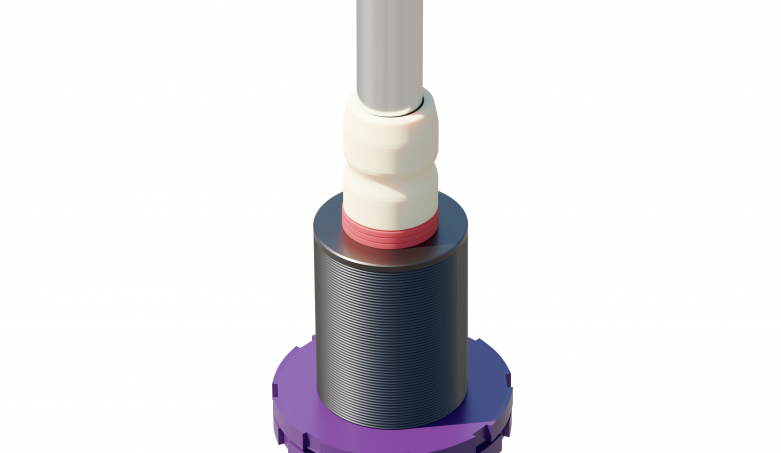
Packers are simply small spacers of varying thicknesses which can be combined in different combinations to achieve the exact bump stop gap you are looking for. The packers shown above are polymer type, and you’ll notice that some of them are complete rings and others have slots.
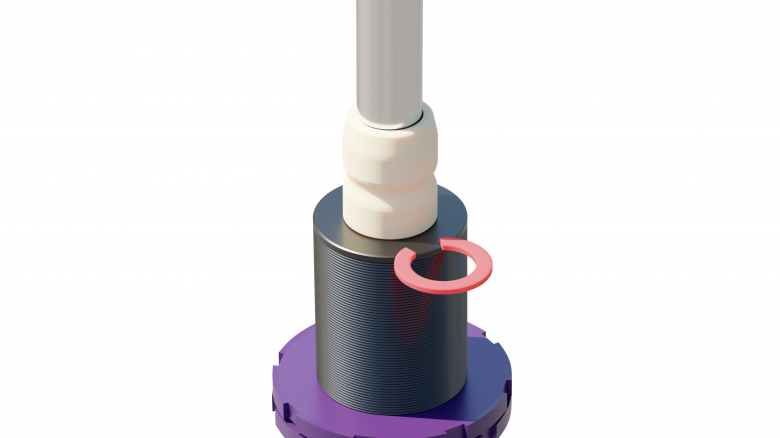
We make use of the slotted packers most often throughout a race weekend to allow us to change the packer stack without having to disassemble the damper to save time, they simply snap into place over the damper shaft with the spring still in place. This is opposed to the solid ring type which can only be swapped out by removing the dampers from the car and stripping them which is obviously a lot more time consuming.
There’s a whole lot more that goes into the nuances of bumpstops, and this is something we do dive deeper into in our Motorsport Suspension and Setup course.
